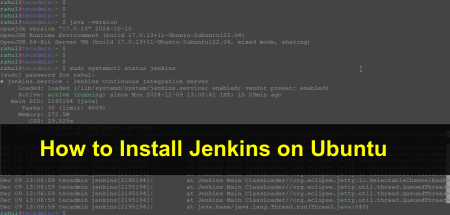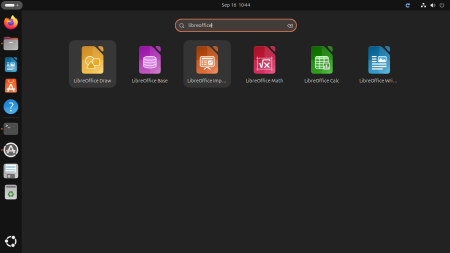If you’re looking for a way to enhance the security and performance of your Debian server, setting up a Squid proxy server may be a great option for you. Squid is a widely used open-source proxy server that provides various features like caching, filtering, and authentication. In this article, we’ll discuss the best practices and tips for setting up a Squid proxy server on Ubuntu and Debian-based systems.
Step 1: Installing Squid
To begin, you need to install Squid on your Debian server. You can do this by running the following command in your terminal:
sudo apt-get updatesudo apt-get install squid
This command will download and install the latest version of Squid from the official Debian repositories.
Step 2: Configuring Squid
After installing Squid, you need to configure it to suit your specific needs. The Squid configuration file is located at /etc/squid/squid.conf. Here are some of the key configuration options that you might need to modify:
- Port configuration: By default, Squid listens on port 3128. If you want to change this port, you can modify the http_port option in the configuration file.
- Access control: Squid provides several access control features that allow you to control which clients can access the proxy server. You can use the acl (access control list) and http_access options to define rules for client access.
- Caching: Squid can be used to cache frequently accessed web pages, reducing the amount of bandwidth required to retrieve them. You can configure the cache_dir and cache_mem options to define the cache storage options.
- Authentication: Squid supports several authentication methods that can be used to control access to the proxy server. You can use the auth_param and auth_acl options to define the authentication settings.
Step 3: Starting and Stopping Squid
Once you have configured Squid, you can start the service using the following command:
sudo systemctl start squid
This will start the Squid service, and it will begin listening for client connections. You can also stop the service using the following command:
sudo systemctl stop squid
This will stop the Squid service and close all active client connections.
Step 4: Monitoring Squid
To monitor the performance of your Squid proxy server, you can use various tools like Squid logs and third-party monitoring applications. Squid logs provide detailed information about client requests, cache hits, and server errors. You can view the Squid logs by running the following command:
sudo tail -f /var/log/squid/access.log
This will display the real-time access log entries.
Conclusion
In this article, we have discussed the best practices and tips for setting up a Squid proxy server on Debian. By following these guidelines, you can configure and run a secure and reliable proxy server that enhances the performance and security of your network. Remember to monitor the Squid logs regularly to identify and fix any issues that might arise. With Squid, you can optimize your network performance and reduce bandwidth usage by caching frequently accessed web pages.


